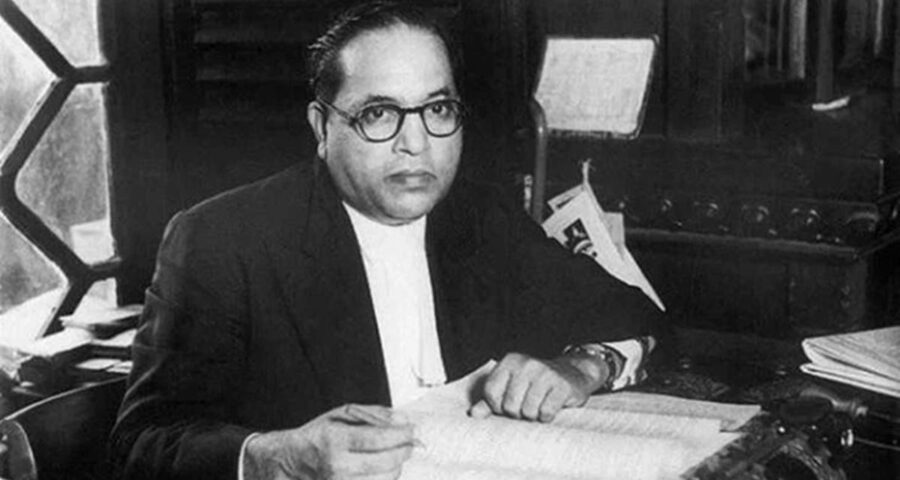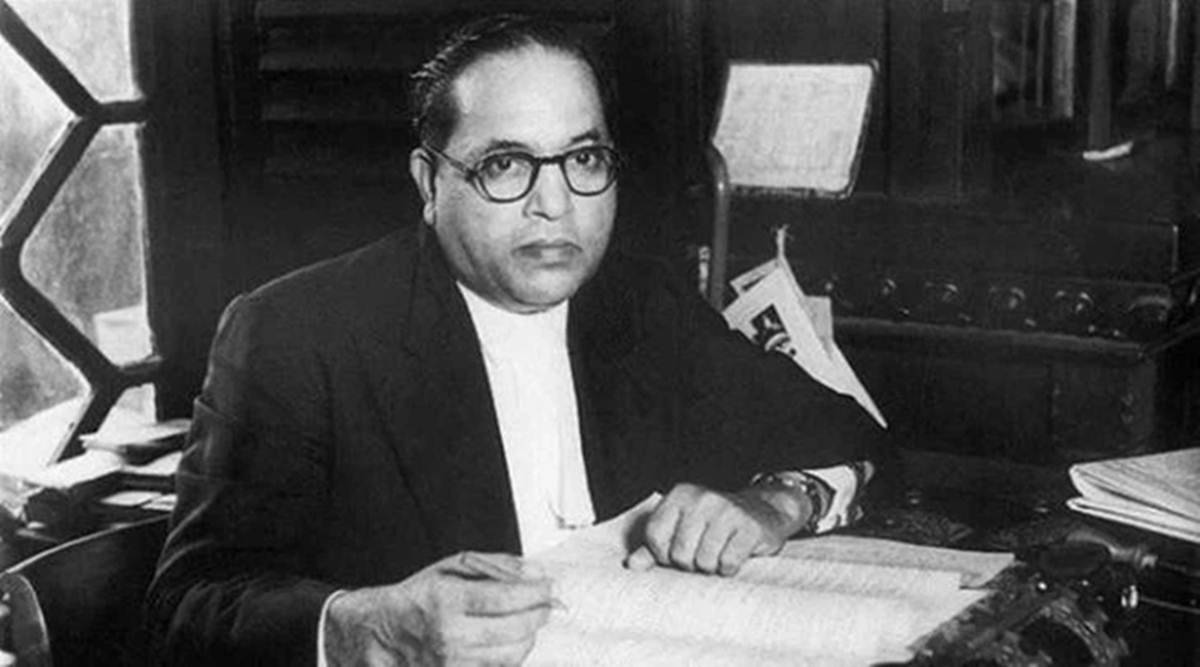Madhav Sarkunde writes: Dr Ambedkar did everything possible to improve the plight of the Adivasis. It is a pity that Adivasis did not get a visionary leader like him in the post-Independence era.
Written by Madhav Sarkunde
I was born in a tribal family in a small village tucked away in the hills of east Pusad in eastern Vidarbha. Like many people from my background, I was oblivious to the outside world, especially the social arc of the caste society in India. Under the influence of Brahminic Hinduism, my people practised untouchability. We kept a cautious distance from the Mahar and Mang people.
After my Class 6, because of our financial condition, I dropped out of school and worked in a landlord’s field for six years. While taking the buffaloes out to graze, I chanced upon a book on Dr B R Ambedkar which left a lasting impression on my mind and heart. It was so strong that I decided then and there to resume my schooling.
I sought admission in the seventh class and did not stop till I had a post-graduate degree in English. Over time, I read more of Ambedkar’s literature that took me closer to the Phule, Shahu and Ambedkarite movements. I was fully convinced that without following Dr B R Ambedkar, Adivasi people will have no salvation whatsoever.
However, for a few years now, a misconception about Dr B R Ambedkar’s contribution towards Adivasi communities is doing the rounds among the Adivasi people in some states. Many tribal social workers, intellectuals, and even political leaders question Dr Ambedkar’s credibility. They say that except two or three articles in the Constitution that seek to uphold Adivasi interests, we find nothing substantial concerning the overall development of us forest people. Worse, most Adivasis in India level a serious charge against Dr Ambedkar — that he destroyed their identity as Adivasi. He called the Adivasi people Scheduled Tribes in the Indian Constitution.

When the state lists of tribes were prepared, it was differently translated. For example, in Maharashtra, the word tribe is translated as ‘jamati’. The same word tribe is translated in four ways ‘Vanajati’, ‘Janajati’, ‘Adimjati’ and ‘Jamati’. In the days to come, it may be translated in yet another way. I am at a loss to fault Dr Ambedkar for this.
Few know that Dr Ambedkar gave serious thought to developing tribal communities even before the promulgation of the Constitution. He held a conference in Mumbai on May 5-6, 1945, to suggest proper ways to achieve tribal progress. He had advised that a statutory commission based on the South African Constitution be created. Through this commission, an annual contribution of a prescribed amount would be set aside in each province for the protection and advancement of Adivasis.
In Annihilation of Caste, Dr Ambedkar has dedicated Chapter 8 to Aboriginal Tribes in India. He relevantly delineated the life of Adivasis in India and pointed out the root causes for their tragic conditions. Why they remained so backward over the centuries, how their Hindu brethren treated them, and what ways they should adopt to escape from this predicament, have found excellent expression in this small chapter.
After a close perusal of the Indian Constitution, we find that Dr Ambedkar has taken utmost care of Adivasi development. Even a cursory look at the scenario of Adivasi life ,will show us that there is a large difference between pre-Constitution and post-Constitution life-conditions of the Adivasis. The Fifth and Sixth Schedule are a declaration of Adivasi development.
Dr Ambedkar had known that in the future, some non-Adivasis would encroach on their Constitutional rights. So he defined ‘Adivasi’ in Articles 366 (25) and 342. Apart from this, 34 Articles in the Constitution deal with Adivasi interests.
I believe Dr Ambedkar did everything possible to improve the plight of the Adivasis. It is a pity that Adivasis did not get a visionary leader like him in the post-Independence era. They were left to the grace of stooges of political parties. Therefore, the pace of Adivasi progress is too slow. But the educated younger generation has now realized the importance of Dr Ambedkar’s teachings.
The writer is a poet and author, most recently of Bhumkal: A Tale Of A Tribal Dropout Adivasi
Source: Read Full Article


